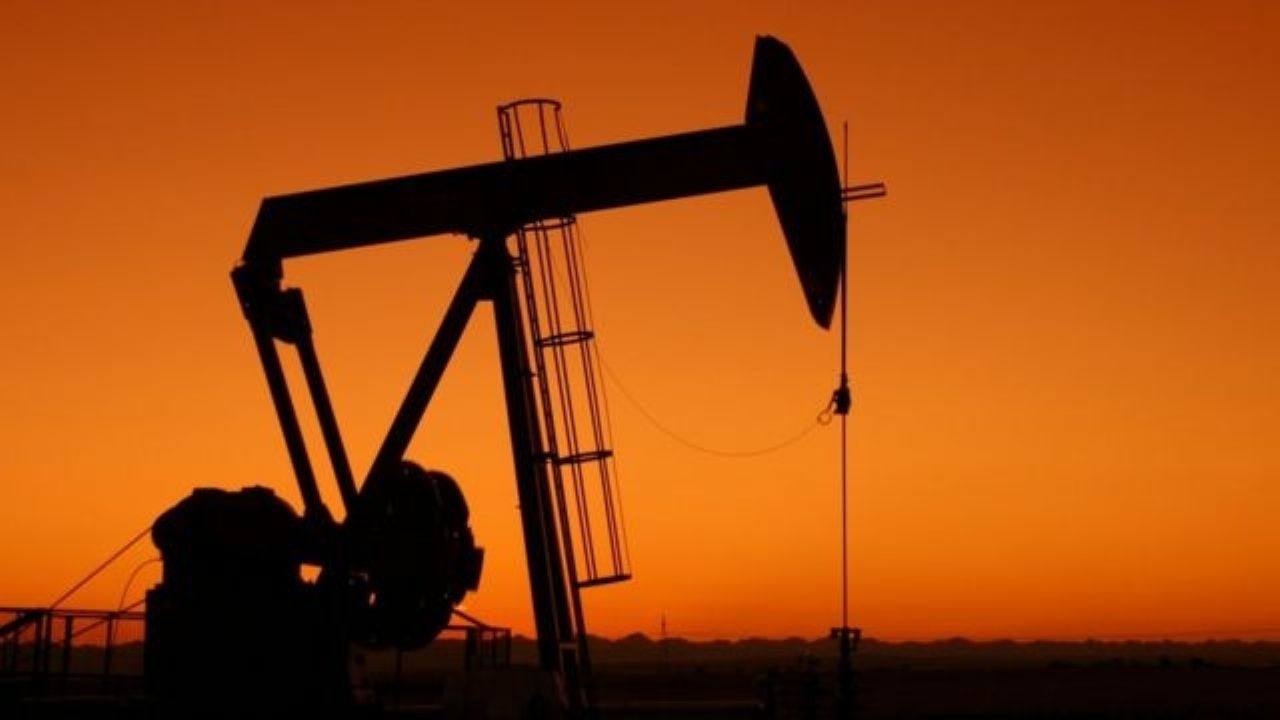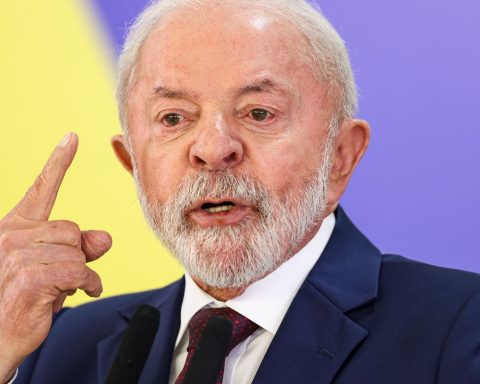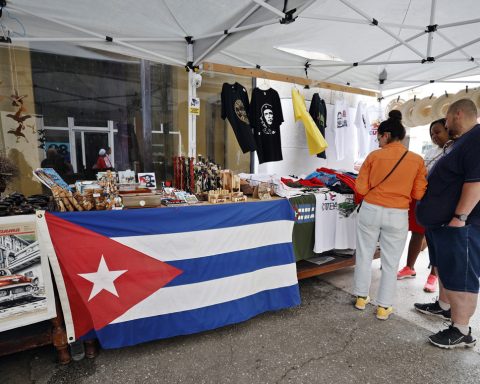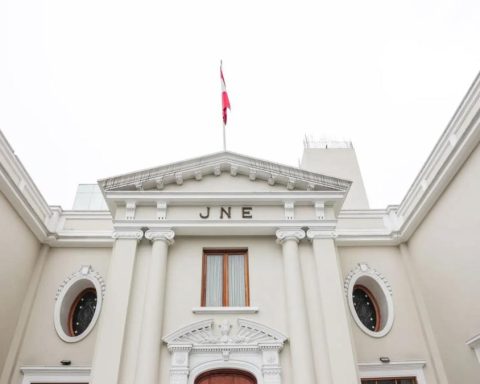Marco Belmonte / Page Seven
The price of oil reached its highest peak since 2011, closing at 110.6 dollars, but Bolivia, far from benefiting, will lose and with a deficit due to higher spending on the import and subsidy of gasoline and diesel than due to better income from the sale of natural gas, experts anticipate.
Former Minister of Hydrocarbons Álvaro Ríos explained that the price of crude oil before the war in Ukraine was 75 dollars, but now if it stays above 100 dollars, the value of natural gas that is exported to Brazil and Argentina can reach 10 dollars per million BTU (British Thermal Unit). Even Cuibá in Brazil may be higher.
However, he said diesel and gasoline imports cost more if applied immediately. “If the price of oil is at 110 dollars, 15 dollars of refining margin must be added and 40 dollars for the cost of freight and logistics to bring it to the storage plants. We are talking per barrel of diesel and gasoline, from 150 to 160 dollars. That is the price that Bolivia must pay to import 70% diesel and 40% gasoline,” said Ríos.
According to the expert, if this continues this year, a negative energy balance is expected. In other words, Bolivia will spend more on importing fuels than better income from gas sales.
This is due to the sharp drop in gas and liquid production that forces Bolivia to import fuel. “Production has dropped from 61 MMmcd to 43 MMmcd. We only have export capacity of 28 to 29 MMmcd, when in the past this reached 47 to 48 MMmcd,” Ríos pointed out.
Analyst Hugo del Granado clarified that in the case of the contract for the sale of gas to Argentina, prices are not directly indexed to oil, but from the fifth and sixth addenda they are linked to the spot market of Henry Hub, plus a value $2.25 per million BTU.
“The Henry Hub reference punishes us as of the fifth and sixth addenda of the gas contract with Argentina, we can no longer compare with the evolution of the price of oil for the volumes that we send to Argentina. The reference is more for Brazil”, clarified the expert.
In his opinion, for Bolivia it does not represent any advantage that the price of oil increases in current conditions, where there is low gas production. “For Bolivia it is not an advantage that oil prices rise due to the amount of fuels we import, international prices nullify the possibility of better income from export gas,” he pointed out.
The gas prices that governed the last quarter of 2021 in Argentina will not go up much.
“What can go up is the sale price to Brazil, which is still indexed to fuel oil and can exceed 10 dollars per million BTU, but I doubt that it can reach the peaks of 2014 or 2016, when the price of oil was between 130 to 140 dollars a barrel, today it is at 110 to 112 dollars and the tendency is for it to go down because the countries with reserves are putting that up for sale to compensate if there is a boycott by Russians,” Del Granado stressed.
Sector analyst Susana Anaya indicated that due to the rise in oil prices, the value of export gas improves, especially to Brazil.
That way there will be more income, but fuel import costs rise proportionally and the energy balance is expected to be negative. “While the volumes of gas fall, despite the fact that the price increases, the volumes of fuel imports rise due to a greater demand for gasoline and diesel and this will cause the energy balance to be negative,” he remarked. In the last quarter of 2021, Brazil had to pay for gas between 5.4 and 6.1 dollars per million BTU and Argentina between 5.9 and 7 dollars, according to official data.

They warn that the subsidy will exceed $1,000 million
The College of Economists of Santa Cruz anticipates that the fuel subsidy this year will exceed 1,000 million dollars with the rise in oil prices.
He points out that the price of crude oil exceeded 110 dollars, 20% more than seven days ago. The General State Budget for 2022 assumes an average price of 50.47 dollars per barrel of oil. “At that price, the amount budgeted for the subsidy is 700 million dollars. For reference, it can be said that at an average price of 70 dollars, the subsidy will amount to more than 1,000 million dollars”, he warns.
He adds that, for his part, the price of export gas will have an effect in the medium term. “The increase in the price of oil will be reflected immediately in the increase in the cost of importing liquids (hence in the subsidy), while the impact on income from gas prices will only be reflected in six months,” the statement said. entity.
Between 2016 and 2021 the cost of the diesel and gasoline subsidy soared from a value of 1,424 million bolivianos to 4,330 million bolivianos, according to YPFB, reported Page Siete on January 26.
A day earlier, on January 25, this outlet also revealed, based on data from YPFB, that the production of special gasoline last year fell to 14,809 barrels and demand grew to 34,065 barrels. Thus, the deficit reached 19,259 barrels. The supply of diesel was 11,190 barrels and the demand 35,293 barrels and the deficit 24,103 barrels.
















